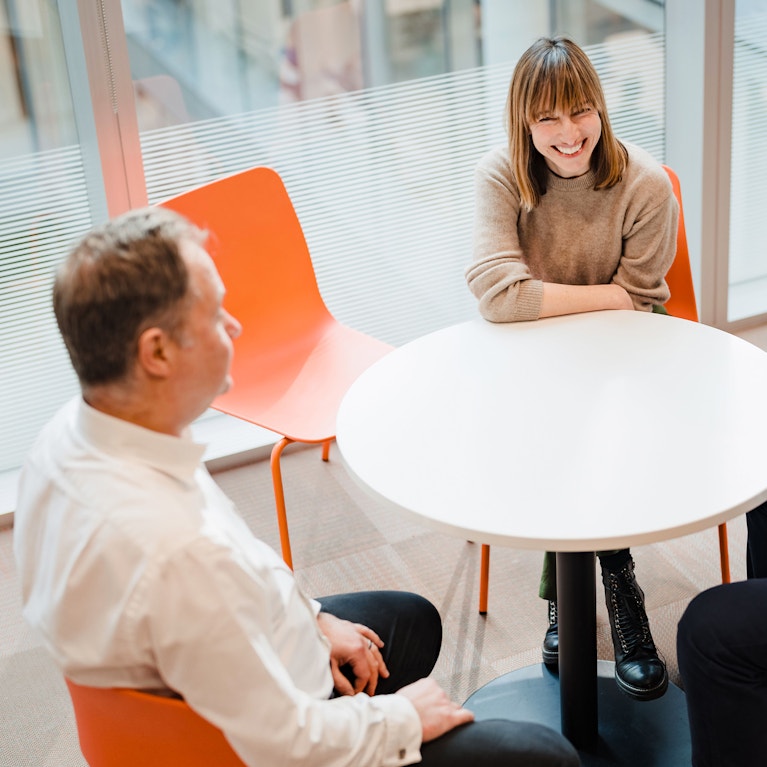Energy and utilities

The energy sector is at the heart of the battle against climate change. With a focus on forging a sustainable and net-zero future, the energy transition is underway.
Energy affordability, accessibility, security and water scarcity are just some of the challenges facing the sector. There’s also a huge opportunity, however. The rapid scale-up and use of new technology, the digital and clean mobility revolution, and the creation of resilient and interconnected energy supply chains and infrastructure, are areas redefining the energy eco-system, and the role of the customer.
We work across the energy value chain to help our clients thrive in complex energy markets and establish next generation utilities and technology.
How will your organisation lead the energy transition?
Featured insight
Sub-sectors
Expert views
Explore more


















